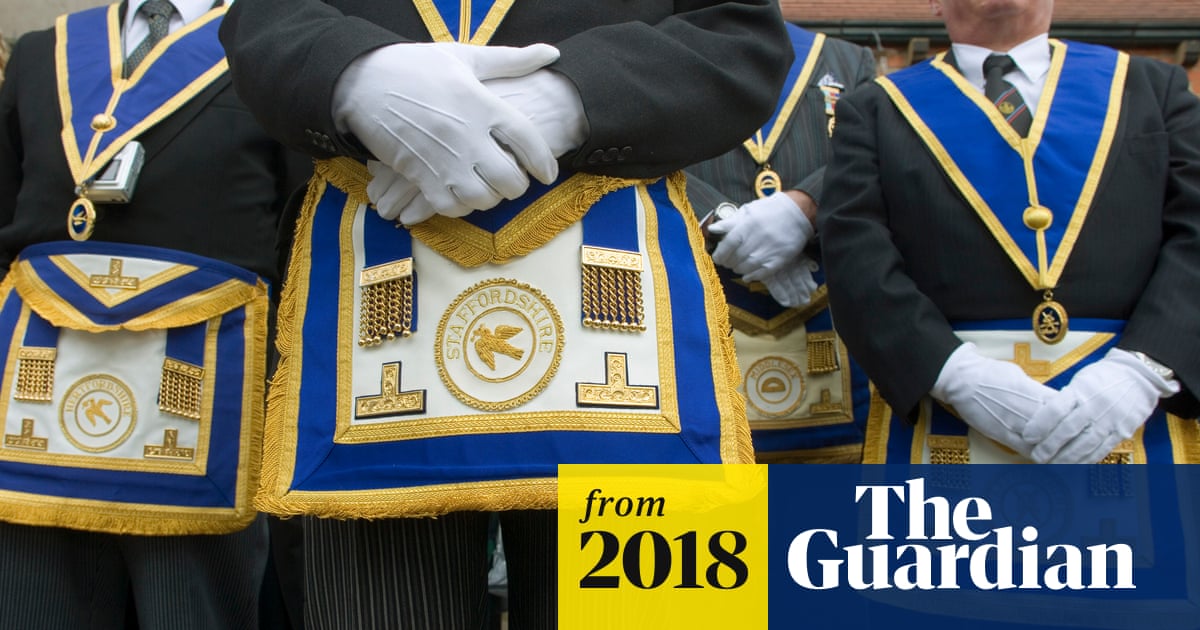Practical Advice on How to Successfully Join Freemason in Your Area
Checking Out the Mysteries of the Freemason: What You Need to Know
The Freemason, a term usually shrouded in intrigue and dispute, stands for a complex tapestry of historic reality and modern misconception. Developed in the late 18th century, this secret culture was originally rooted in the Enlightenment's perfects but has actually given that come to be associated with conspiracy theory theories concerning elite control.
Origins of the Freemason
The beginnings of the Freemason are soaked in a blend of historic intrigue and ideological eagerness. Established in 1776 in Ingolstadt, Bavaria, by Adam Weishaupt, the team was initially formed as a secret culture intended at advertising Knowledge ideals such as reason, secularism, and the separation of church and state. Weishaupt, a professor of canon legislation, looked for to challenge the prevailing authority of the church and state, which he watched as oppressive institutions suppressing intellectual and personal freedom.
The Freemason looked for to recruit prominent members from numerous social fields, including politics, academia, and the arts, to cultivate a network devoted to these Knowledge principles. The society operated under a veil of privacy, employing coded language and routines to shield its participants from oppression, particularly given the repressive climate of the time. The Freemason faced considerable resistance from both governmental authorities and religious establishments, which saw the team as a threat to their power.
Trick Numbers and Members
Who were the crucial figures that shaped the Freemason's early impact and direction? The Bavarian Freemason, established in 1776 by Adam Weishaupt, became a response to the overbearing social frameworks of the time. how to become a freemason. Weishaupt, a regulation professor, visualized the organization as a way to promote Knowledge suitables such as reason, secularism, and equality. His initial employment initiatives consisted of influential pundits, such as Baron von Knigge, who played a vital duty in increasing the group's membership and organizational framework.
An additional considerable figure was Johann Gottlieb Fichte, a famous thinker whose ideas on nationalism and education reverberated with the Freemason's goals. Although Fichte was not an official participant, his thoughtful underpinnings influenced the group's ideology. Furthermore, numbers like the author and thinker Johann Wolfgang von Goethe were related to the more comprehensive intellectual movements of the moment, although their direct involvement with the Freemason continues to be debated.
These crucial numbers contributed to the Freemason's very early direction, pushing the boundaries of political and social thought, while their cumulative efforts intended to challenge established standards and promote a climate of progressive adjustment in Europe.
Misconceptions vs. Fact
Many mistaken beliefs surround the Freemason, typically blending fact with fiction in a way that obscures its true nature. The notion that the Freemason continues to put in substantial impact over globe occasions is a misconception - how to become a freemason.
Another widespread misconception is that the Freemason consists of a network of elite individuals adjusting worldwide events. In truth, several conspiracy concepts overemphasize the group's importance, attributing unfounded objectives to societal trends and occasions. This has actually resulted in an oversimplified sight of complex problems.

Modern Analyses
Contemporary interpretations of the Freemason frequently mirror wider societal anxieties and a fascination with privacy and power. This contemporary lens often connects the Freemason with conspiracy theory concepts that recommend a hidden elite coordinates world occasions, adjusting governments and economic climates for their own gain. Such narratives touch into an ingrained suspect of authority, particularly in times of crisis or social turmoil.

In addition, some modern-day analyses mount the Freemason as an allegory for the complexities of globalization and the interconnectedness of prominent people and organizations. This point of view motivates a crucial evaluation of how power why not try these out characteristics run in today's globe, highlighting the balance in between transparency and secrecy in governance and business methods.
Social Influence and Legacy
Influenced by centuries of intrigue, the cultural effect and tradition of the Freemason expand much beyond its historic origins. This secret society, established in the late 18th century, has permeated various aspects of pop culture, from literature and movie to music and art. The idea of the Freemason has actually evolved into an icon of conspiracy theories, often standing for a regarded concealed power adjusting worldwide events.
In literary works, authors like Dan Brown have actually woven the Freemason right into elaborate stories, exciting readers with motifs of privacy and power. Films such as "National Treasure" and "The Da Vinci Code" additionally perpetuate the attraction of the culture, mixing reality with fiction to develop appealing narratives.
The Freemason's impact additionally extends into songs, with artists referencing the organization to stimulate styles of disobedience and societal critique. This representation has contributed to a fascination with the concept of clandestine groups managing the bars of power, reflecting societal anxieties concerning authority and transparency.
Eventually, the Freemason's heritage is a complicated tapestry of myth and fact, shaping perceptions of secrecy and control in modern discussion. Its long-lasting visibility in society emphasizes mankind's seasonal quest for comprehending hidden truths.
Conclusion
The exploration of the Freemason reveals an intricate interaction in between historic truths and modern myth-making. Started in the Knowledge period, this society intended to test oppressive structures, yet its heritage has been eclipsed by conspiracy theory theories that recommend elite manipulation. Comprehending the differences between the initial suitables and contemporary interpretations is important for understanding the withstanding attraction with the Freemason and its considerable impact on social stories surrounding power and privacy in culture.